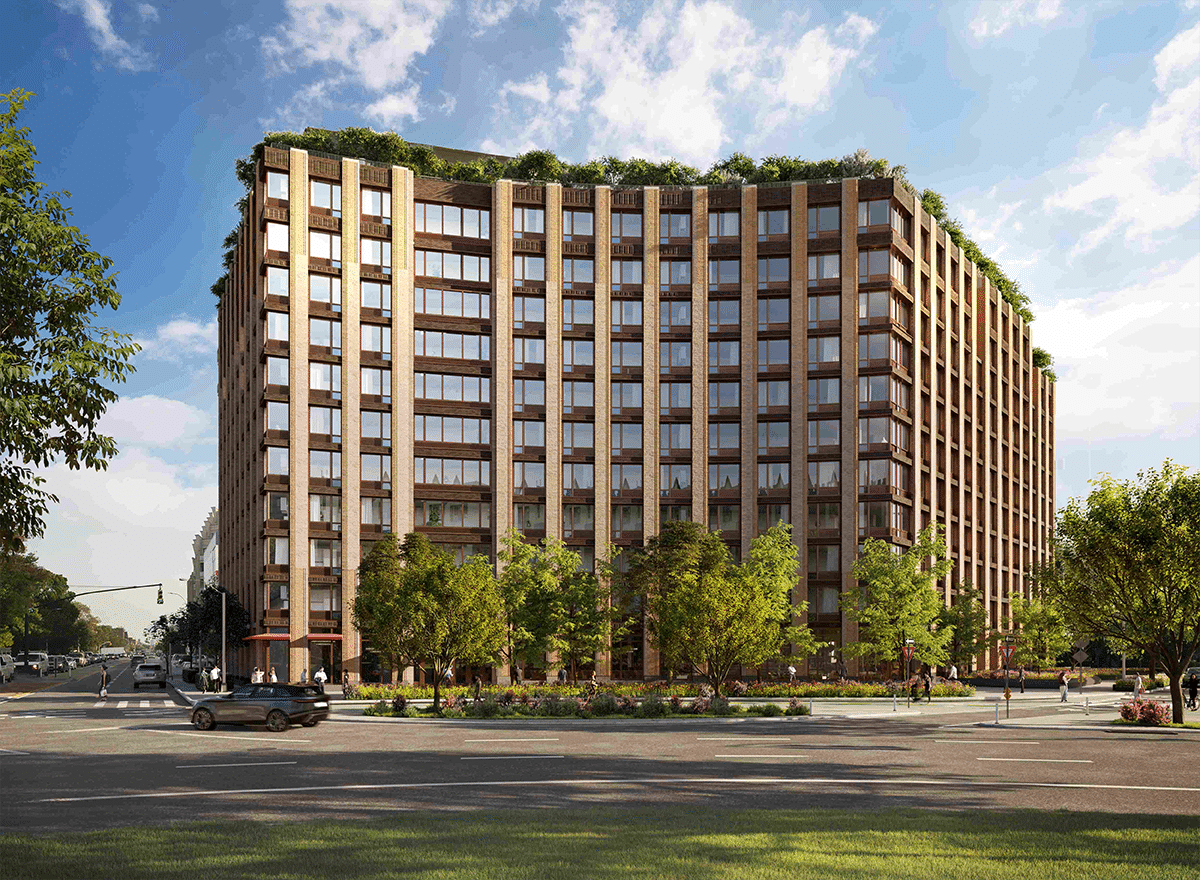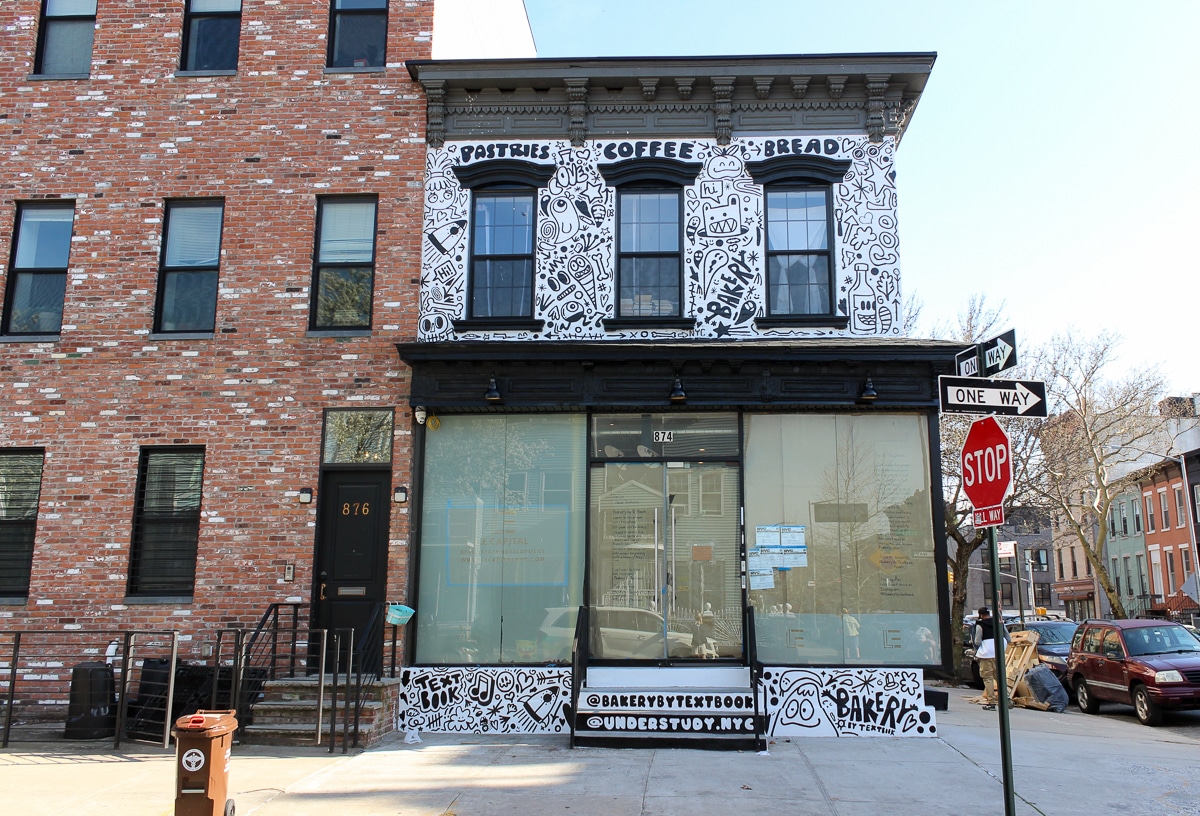Has Gentrification in Bed Stuy, Crown Heights Created Homelessness?
Over the long holiday weekend, a slew of stories appeared about gentrification in Bed Stuy and Crown Heights. The New York Post reported on a couple who paid a record $999,999 — whole-house prices — for a penthouse apartment in Bed Stuy. The photographer and photographic agent said they liked the neighborhood because it reminds…

Over the long holiday weekend, a slew of stories appeared about gentrification in Bed Stuy and Crown Heights. The New York Post reported on a couple who paid a record $999,999 — whole-house prices — for a penthouse apartment in Bed Stuy. The photographer and photographic agent said they liked the neighborhood because it reminds them of the Lower East Side in the old days. The New York Times looked at two studies and concluded that gentrification in Bed Stuy is causing an increase in homelessness among its residents.
Those unburdened by skepticism about gentrification argue that it is an ample elevator, lifting up everyone: with renovations come the need for those to lay the subway tiles; with enotecas come the need for those to serve the verdicchio. And yet how often does the waitress pouring the wine in a marginal neighborhood look like someone rescued from grim financial despair rather than a slightly younger, and often more fashionable, version of the person drinking it? What has happened in Bedford-Stuyvesant does not easily comply with an optimistic view of transformation. Since 2005, according to the Department of Homeless Services, it has ranked among the city’s top five communities sending families into the shelter system, representing approximately 5 percent of all family shelter entrants.
Confusingly, Brownsville is cited in the report from the Institute for Children, Poverty and Homelessness as sending the most families into homeless shelters; Bed Stuy is No. 2. The report covers the years 2005 to 2010 and notes that during this period, Bed Stuy was in the very earliest stages of gentrification. At the time, the educational attainment level among Bed Stuy residents increased dramatically; incomes also rose — among blacks, not whites. Meanwhile, over in Brownsville, incomes dropped, while in both neighborhoods rents rose similarly — 22.3 percent in Brownsville and 23 percent in Bed Stuy. The report speculates that renters priced out of Bed Stuy have moved over to Brownsville, increasing rents there.
Meanwhile, over in Crown Heights, the blog I Love Franklin Avenue reported on a rent stabilized, eight-unit brownstone at 1076 Dean Street that recently sold to an LLC. Reportedly, the new landlord plans to sell the building for $1,500,000 empty — although no listing has yet appeared for the property. Do you think rising rents are to blame for homelessness?









No guarantee that crime will fall. Crime will probably spike, as existing neighborhood watches, old ladies who sit on stoops, and families who have been living on these brownstone blocks leave and are replaced with more transient and affluent families, with more to take and fewer ties to the community. But, yeah, as retlaw said, that’s New York. It’s nothing new. Italian Williamsburg, back when it was Italian, had almost no crime. I don’t think that’s true now.
“Italian Williamsburg, back when it was Italian, had almost no crime. I don’t think that’s true now.”
False
Rent stabilized buildings do not become free market when they sell. The mention of a stabilized building in Crown Heights selling vacant is irrelevant. Also, the current owner probably bought the last tenants out, even if the amount was nominal these tenants chose to leave their rent stablilized buildings.
i dunno man, i think people are a little more clued in than you think. yeah, sh*t still does happen there, but it does in Ft. Greene/Clinton Hill as well for double or triple the money.
“but I really think it’s necessary to start talking about facts, and actually do an article charting crime and types of crime in this neighborhood and stop all the hear say once and for all. People have a right to know what they are truly pay for when purchasing in this neighborhood and trust me I love my Bed-Stuy, but it’s a way of life I’m use to and not everyone is cut out to deal with it.”
Neighborhood crime stats are readily available. I would imagine anyone purchasing a home for a million dollars or more is well aware of the pros and cons of a neighborhood.
There may be instances of this happening, but In my opinion its rare. The buyers of these propertys (over $1mm) are good, hard working individuals, that are taking a chance moving to these areas and hoping they have a good quality of life. This is NY real estate and of course there are the jokers out there looking to harm others but I know from being in the market as a buyer and going to open houses these are mostly young couples and familys looking to start a life in a new area.
correlation =/ causation
ugh. i agree with dave here. the two trends are not related.